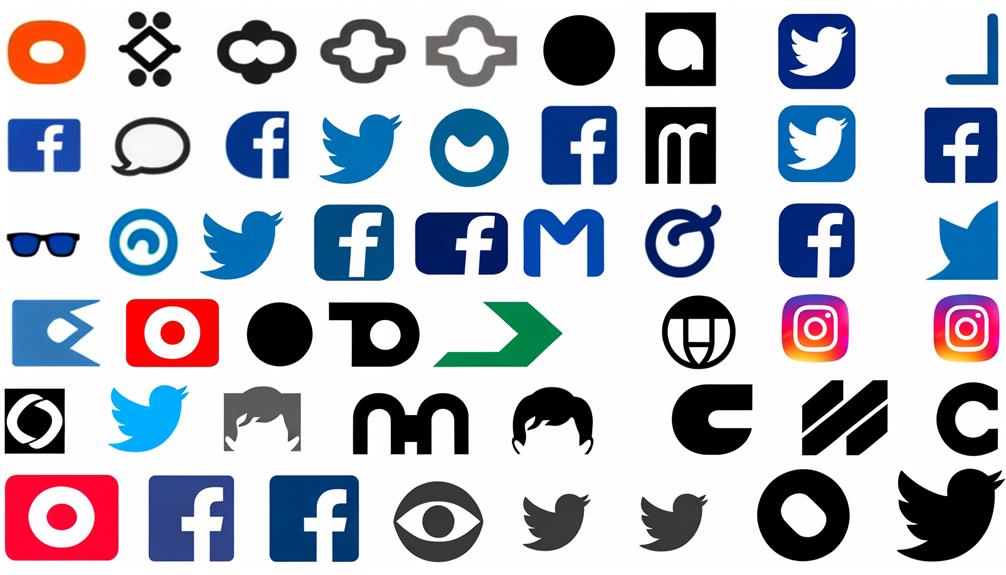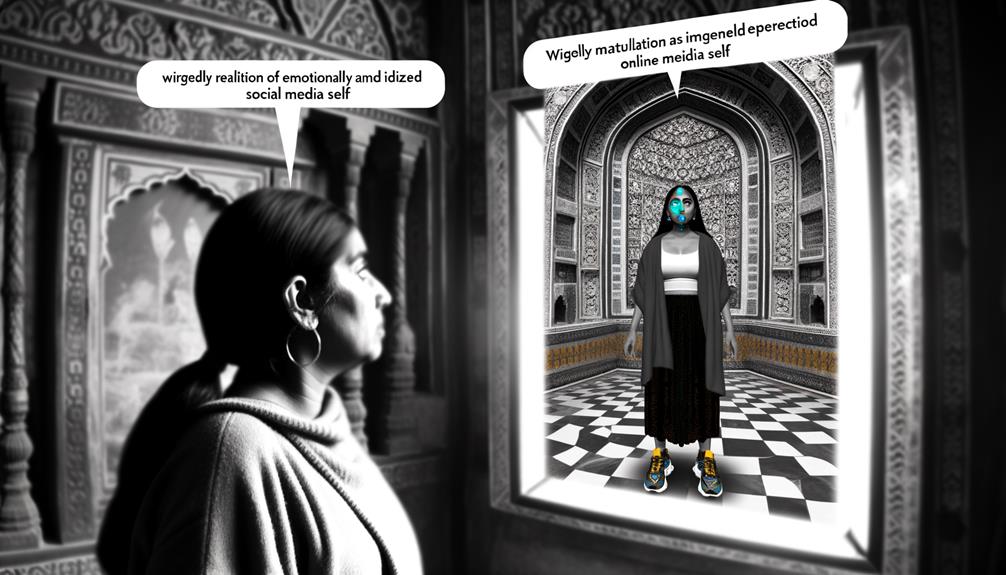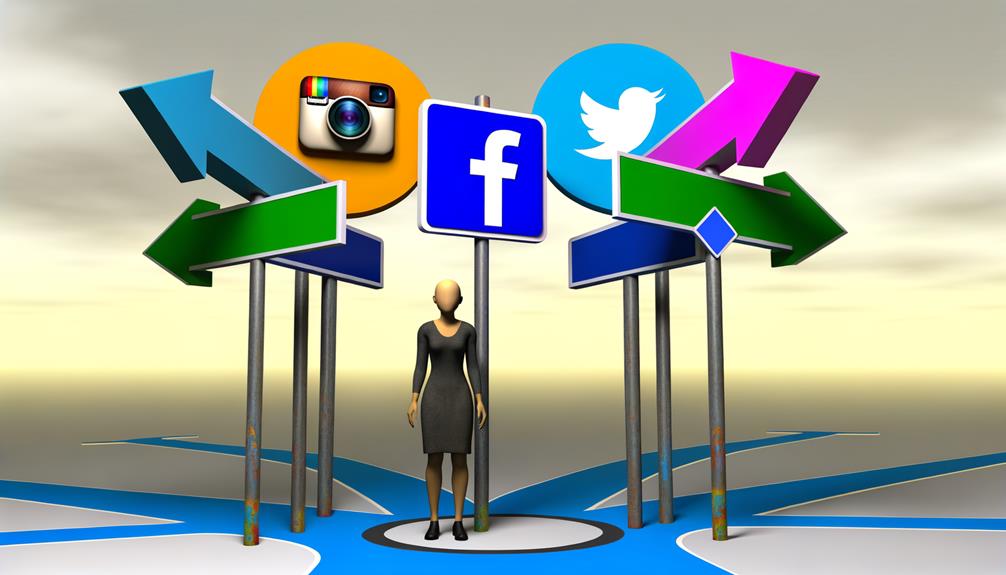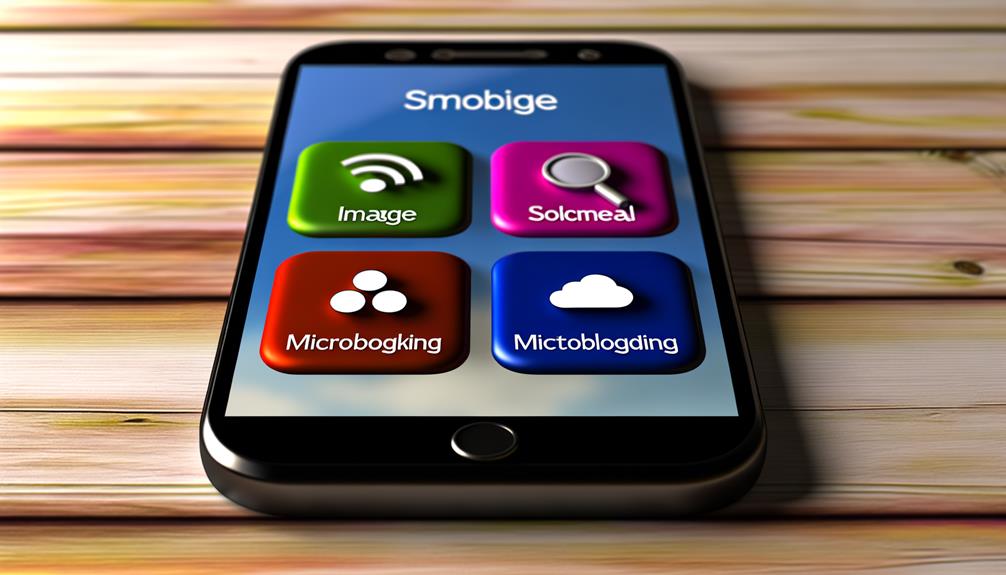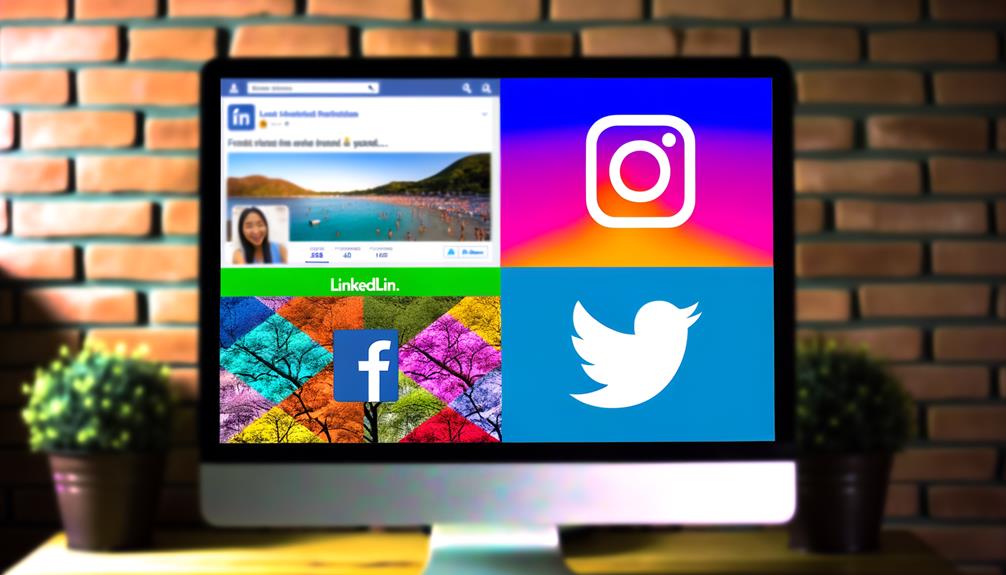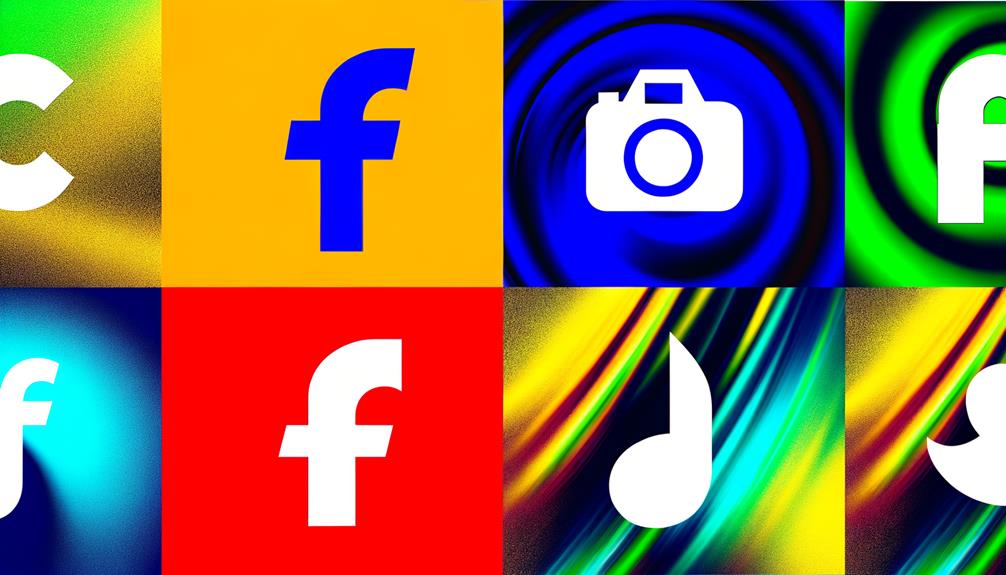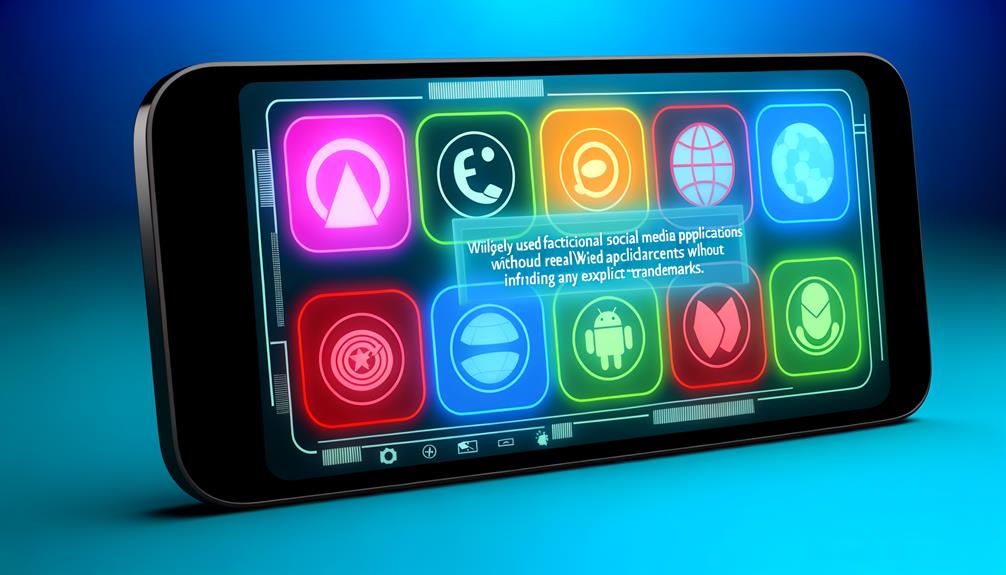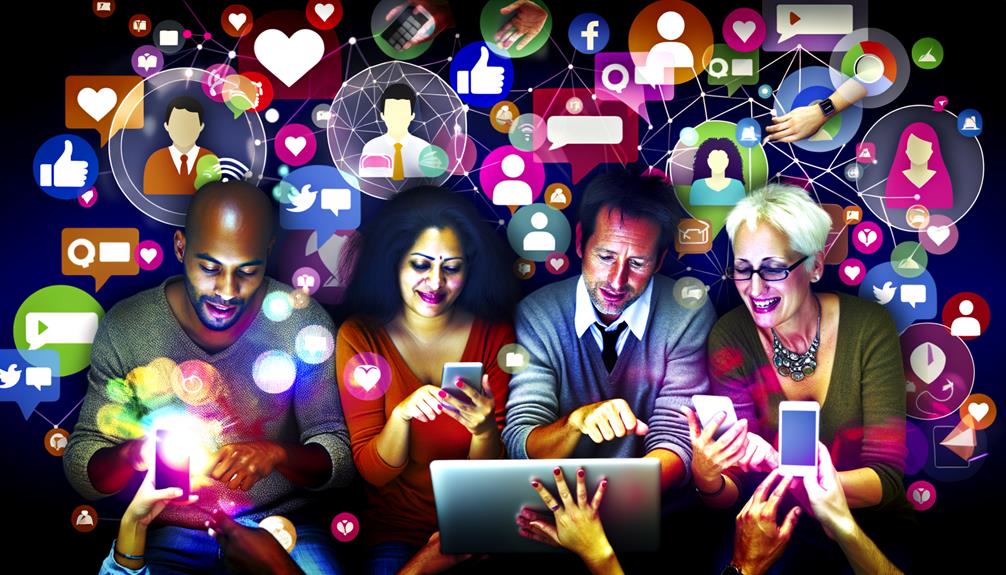Have you ever wondered how social media has transformed over the years, shaping the way we connect and communicate? From its humble beginnings to the vast landscape it is today, the evolution of social media holds intriguing insights into human interaction and technological advancements.
As we explore the journey from early platforms to the current trends dominating the digital sphere, you may find yourself pondering the impact of these changes on society and the possibilities that lie ahead.
Early Social Media platforms
During the emergence of social media, platforms like Six Degrees and Friendster laid the groundwork for the interconnected digital landscape we know today. Six Degrees, founded in 1997, allowed users to create profiles and connect with others, marking the beginning of social networking. Friendster, launched in 2002, introduced the concept of connecting with friends and expanding networks online. These early platforms paved the way for the social media giants that followed.
Six Degrees enabled users to list friends and create connections, much like modern social media platforms. Friendster, on the other hand, emphasized building relationships and sharing interests with others in a virtual space. Both platforms set the stage for the evolution of social media by showcasing the possibilities of connecting with others online.
As users flocked to these platforms, the digital world began to see the potential for social interaction on a global scale. The foundations laid by Six Degrees and Friendster were essential in shaping the landscape of social media as we know it today.
Rise of Facebook and Twitter
The evolution of social media from early platforms like Six Degrees and Friendster led to the rise of influential platforms such as Facebook and Twitter. These platforms revolutionized the way people connect, share information, and interact online.
Facebook, launched in 2004, quickly became the dominant social networking site with its user-friendly interface and features like the News Feed. It allowed users to connect with friends, share updates, photos, and videos, and join groups based on shared interests.
Twitter, on the other hand, introduced a new way of communication through short, 280-character messages known as tweets. Launched in 2006, Twitter gained popularity for its real-time updates, hashtags, and the ability to follow public figures and celebrities. It became a platform for sharing news, opinions, and engaging in conversations on a global scale.
Both Facebook and Twitter played significant roles in shaping social media into what it’s today, influencing how we communicate, consume information, and engage with others online. Their rise marked a shift towards more interactive and engaging online experiences.
Mobile revolution and visual content
With the advent of smartphones and the increasing popularity of visually-driven content, social media platforms have undergone a transformation towards a more mobile-centric and visually appealing user experience. Users now prefer consuming bite-sized visual content on the go, leading to the rise of platforms like Instagram, Snapchat, and TikTok that focus heavily on images and videos optimized for mobile viewing.
—
| Social Media Platform | Key Features | User Base |
|---|---|---|
| Image and video sharing, Stories, IGTV | Over 1 billion monthly active users | |
| Snapchat | Disappearing messages, Stories, AR filters | Over 265 million daily active users |
| TikTok | Short-form videos, Duets, Challenges | Over 689 million monthly active users |
—
These platforms have capitalized on the mobile revolution by offering seamless, visually-rich experiences that cater to the preferences of modern users. The shift towards visual content has not only changed how users interact with social media but has also influenced digital marketing strategies to focus more on engaging visual storytelling.
Influencer Marketing and Ephemeral content
Capitalizing on the visual-centric nature of social media platforms, the evolution towards influencer marketing and ephemeral content has revolutionized user engagement strategies. Influencer marketing involves collaborating with individuals who have a significant following on social media to promote products or services.
Ephemeral content, such as stories that disappear after 24 hours, creates a sense of urgency for users to engage with the content before it vanishes. Here are five reasons why influencer marketing and ephemeral content are reshaping social media:
- Authenticity: Influencers can provide authentic reviews and recommendations, making them more relatable to audiences.
- FOMO (Fear of Missing Out): Ephemeral content triggers FOMO, encouraging users to stay updated and engaged.
- Higher Engagement: Users tend to interact more with influencers and ephemeral content due to their captivating nature.
- Targeted Reach: Working with influencers allows brands to target specific demographics effectively.
- Trendsetting: Influencers often set trends, making them valuable for showcasing brand products or services in a trendy light.
Current trends and future outlook
Embracing the evolution of social media, current trends signal a shift towards more interactive and personalized user experiences. Social platforms are increasingly focusing on enhancing user engagement through features like live video streaming, augmented reality filters, and interactive polls. These trends not only encourage users to actively participate but also create a sense of community and belonging.
Moreover, personalization is becoming paramount in the social media landscape. Algorithms are now tailored to individual preferences, showing content that’s more relevant to each user. This customization not only improves user experience but also allows for targeted advertising and content delivery.
Looking ahead, the future of social media seems to be heading towards even more immersive experiences. Virtual reality, artificial intelligence, and blockchain technology are expected to play significant roles in shaping the next phase of social networking. These advancements have the potential to revolutionize how people connect, share, and interact online. As social media continues to evolve, staying attuned to these trends will be key to maximizing your digital presence and engagement.
Conclusion
As you reflect on the evolution of social media, consider this: over 3.6 billion people worldwide are active social media users today, a number that continues to grow.
From the early platforms to the rise of Facebook and Twitter, the mobile revolution, and influencer marketing, social media has come a long way.
With current trends like video content and AR filters shaping the landscape, the future of social media is bound to be innovative and dynamic.
Stay connected and stay tuned!

